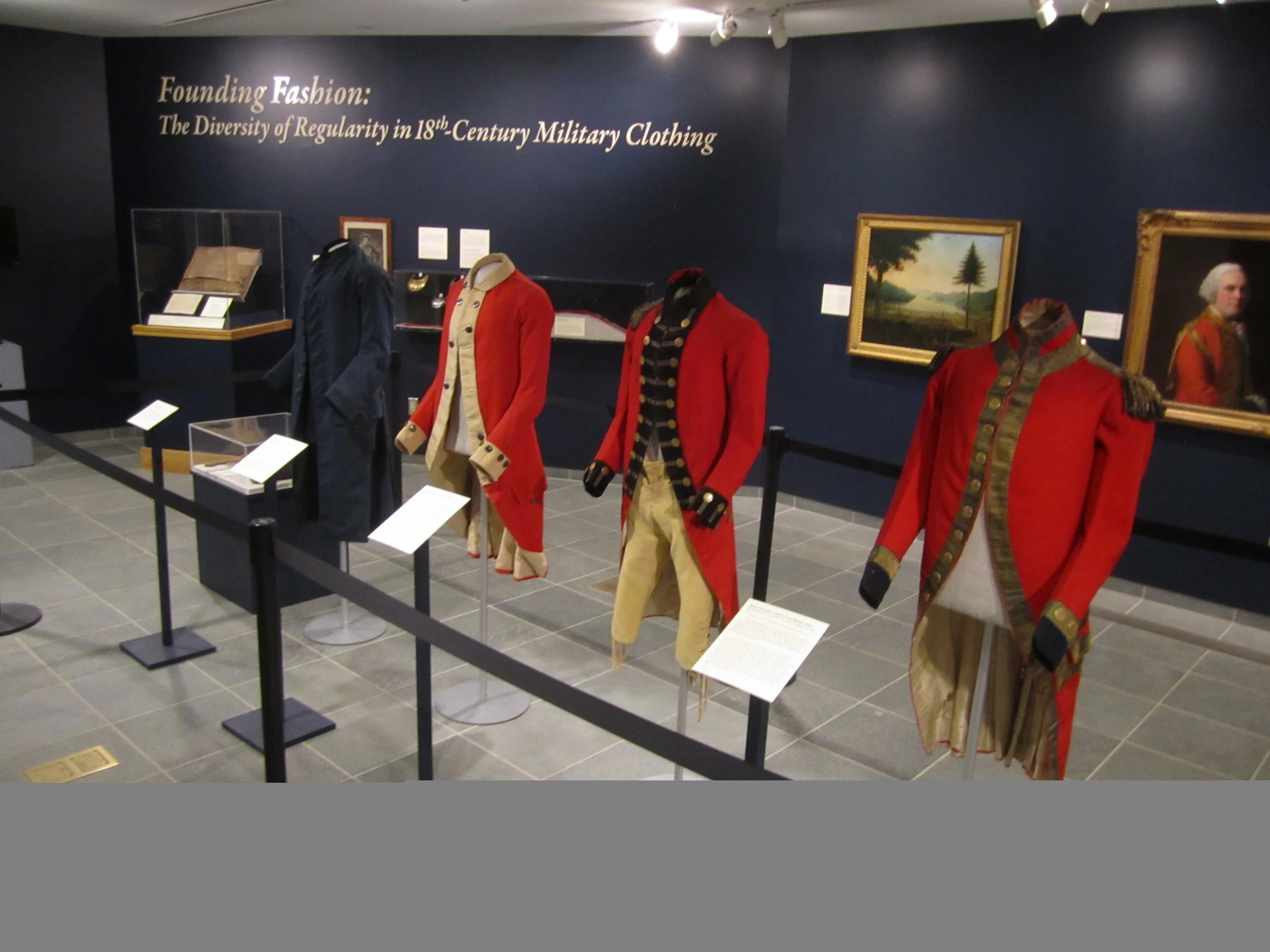Founding Fashion: The Diversity of Regularity in 18th-Century Military Clothing
/This weekend is your last chance to check out Fort Ticonderoga Museum’s clothing exhibition entitled, Founding Fashion: The Diversity of Regularity in 18th-Century Military Clothing.
The exhibit closes on November 1, 2015. This remarkable collection of historical military garments, accessories, and artworks. It explores how European military fashion and global commerce influenced American martial appearance throughout the American Revolution. Founding Fashion is included in a Fort Ticonderoga general admission ticket and is located in the Deborah Clarke Mars Educational Center at Fort Ticonderoga. To learn more about this exhibit and related programs click here, or call 518-585-2821. More from Fort Ti:
“This is the last opportunity to see the finest and earliest pieces of military textiles from Fort Ticonderoga’s rich collection,” said Matthew Keagle, Fort Ticonderoga’s Curator of Collections. “These represent the years before, during, and after the American Revolution and illustrate the evolution of military dress the way virtually no other collection in North America can.”
The objects and artworks featured in this exhibit are unique and can only be seen at Fort Ticonderoga. The key objects in the exhibit include four extremely rare and important American and British 18th-century uniforms along with three other related textile objects including an American soldier’s knapsack, a British officer’s sash, and one of the few surviving examples of a British army soldier’s blanket. Remarkably, each of these key objects in the exhibit has a provenance of use in America prior to or connected with the American Revolution.
One featured uniform coat in the exhibit was worn by Cyrus Baldwin from the Boston Independent Corps of Cadets, the oldest surviving American-made military uniform and a witness to the events leading up to the American Revolution.
Don’t miss the opportunity to explore this incredible collection of original clothing, accessories, and artwork, on display together for the first time!
Funding for the Founding Fashion was made possible in part by the following supporters: Best Western Plus Ticonderoga, D&E Technologies, Glens Falls National Bank, History Channel, Lake George Mirror, National Grid, Ticonderoga Credit Union, and individual donors".











